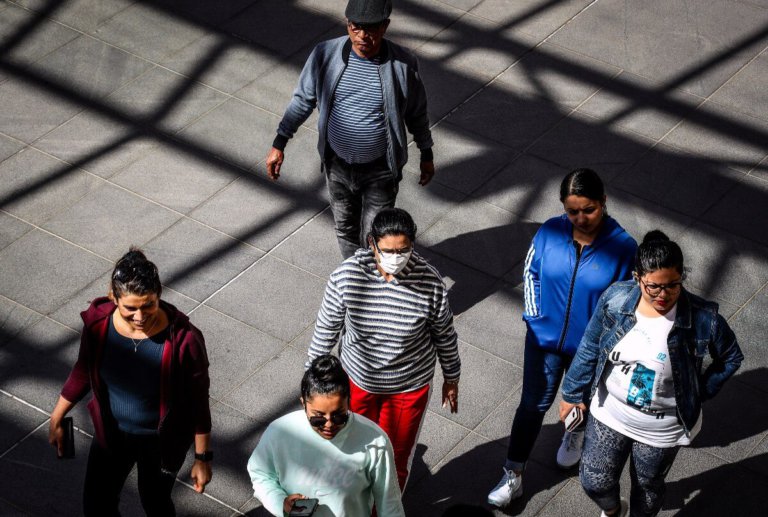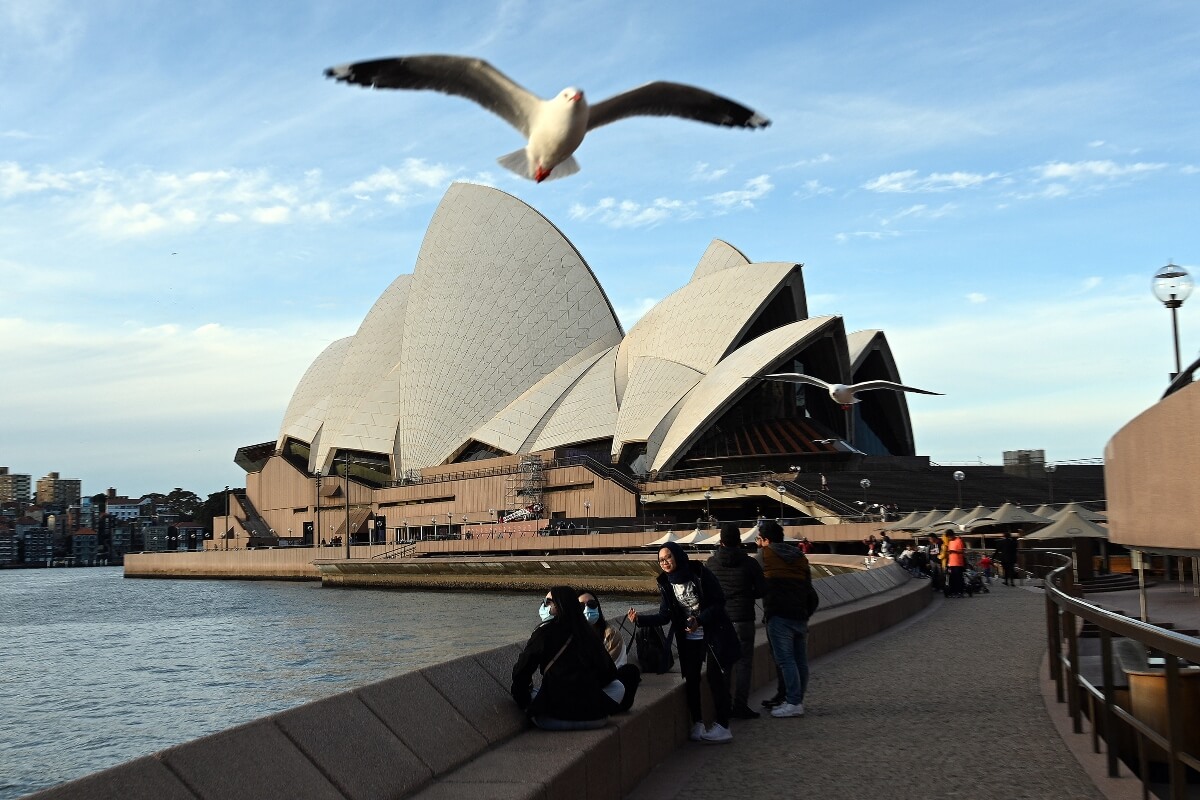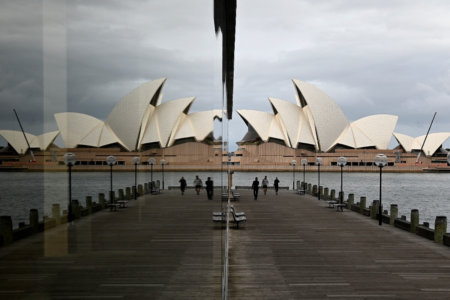
Australian Minister for Education and Youth Alan Tudge said he is “increasingly hopeful” that most international students could return to Australian universities by Semester 1 of 2022 with vaccine rollouts underway. In his speech at RMIT University on Wednesday (March 31) on Australia’s international education strategy, he said every Australian adult who wants to be vaccinated is expected to have access to their first jab by the end of October.
“Since the beginning of the pandemic we have followed the health advice from Australian medical experts, and while I would like to provide certainty and predict a time at which we can welcome back international students in large numbers, I hope you all recognise that the unpredictability of this virus just does not allow me – or anyone else for that matter – to make guarantees,” said Tudge.
While the vaccine is successful at controlling symptoms, Tudge said it is not known if the vaccine prevents transmission, adding that a global authentication system for vaccination certificates is a long way off. “We are expecting more clarity on these issues by mid-year at which time we should be more certain on border openings,” said Tudge.
Tudge added that “there is still the opportunity to bring students back in small, phased pilots.” “This could occur if an institution works with the state or territory government and presents a plan to us for quarantining international students. The plan must be approved by the Chief Health Officer of the state or territory and there must be quarantine space available above and beyond that presently used for returning Australians. I have discussed various plans with government and university leaders but to date have not received any concrete proposal.”
A lack of a clear timeline from the federal government over when international students can return to Australian universities has been a source of anger and anxiety for students stranded offshore, said The Lygon Group head of research Angela Lehmann. “These students stranded offshore are watching the news from the Australian government incredibly closely — their lives and their plans depend on it! So everything that is said by the top politicians in our country is heard by these students. Indeed, everything that is not said by these people is heard even louder,” she said.
Australian universities encouraged to expand online course offerings

Australian universities face stiff competition, not only from other countries and universities, but also from non-educational institutions. Source: Saeed Khan/AFP
Tudge said there are “significant opportunities” for Australian international education to continue to diversify its delivery models and reach new markets around the world.
In 2019, about 80% of international students at Australian universities were in the traditional onshore delivery model who were largely living and studying in-person in Australia for the duration of their degree. “In-country study will continue to be a core offering from our education institutions, but there are opportunities for institutions and Australia to build out a broader set of delivery options, and reach a massive market which is requiring tertiary education but may not be able to afford a full-time in-country experience in Australia or other rich countries,” he said.
“We have the opportunity for Australian institutions to meet this market with greater use of online delivery or hybrid learning models at different price offerings. This could be in both full course and micro-credentials,” he said. “The global online e-learning market is forecast to grow from 130 billion Australian dollars to more than A$470 billion by 2026. This growth is driven by students around the world seeking lower-cost education, as well as greater flexibility in how and where they learn. While many Australian providers have had some standout successes in this area, more can be done.”
Universities UK reported that pre-pandemic, 58% of international student enrolments at UK higher education providers were studying offshore. “Our comparable figure is 22%. This reflects a real difference in delivery models, despite some slight differences in calculation,” said Tudge.
He added that Australian universities face stiff competition, not only from other countries and universities, but also from non-educational institutions. Countries such as India and Singapore have made investments into their online platforms — SWAYAM and SkillsFuture Series — respectively. Companies and startups such as IBM, Google and Amazon offer their own microcredentials. Other online learning platforms such as Udemy and Coursera are already reimagining how education and training can be delivered.
Australia has become the world’s third-largest provider of international education. Approximately 40% of the economic contribution of international students is in fee revenue, said Tudge. The majority of the economic contribution is from students spending money in Australia on housing, food, transport and tourism.
Tudge acknowledged that closing Australia’s borders have had a significant disruption on the international student sector. “In 2019, we started the year with around 480,000 continuing international students, while another 150,000 entered Australia to study in the first half of the year, and a further 130,000 in the second half of the year. That normal pattern was not possible last year. While some started online, many also deferred their studies, preferring to wait until travel is again possible,” he said. Enrolments at the end of 2020 were 7% on 2019, and only 5% of their higher education sector. “To put this into perspective, international enrolments at our universities in 2020 were about the same as in 2018,” he said.










